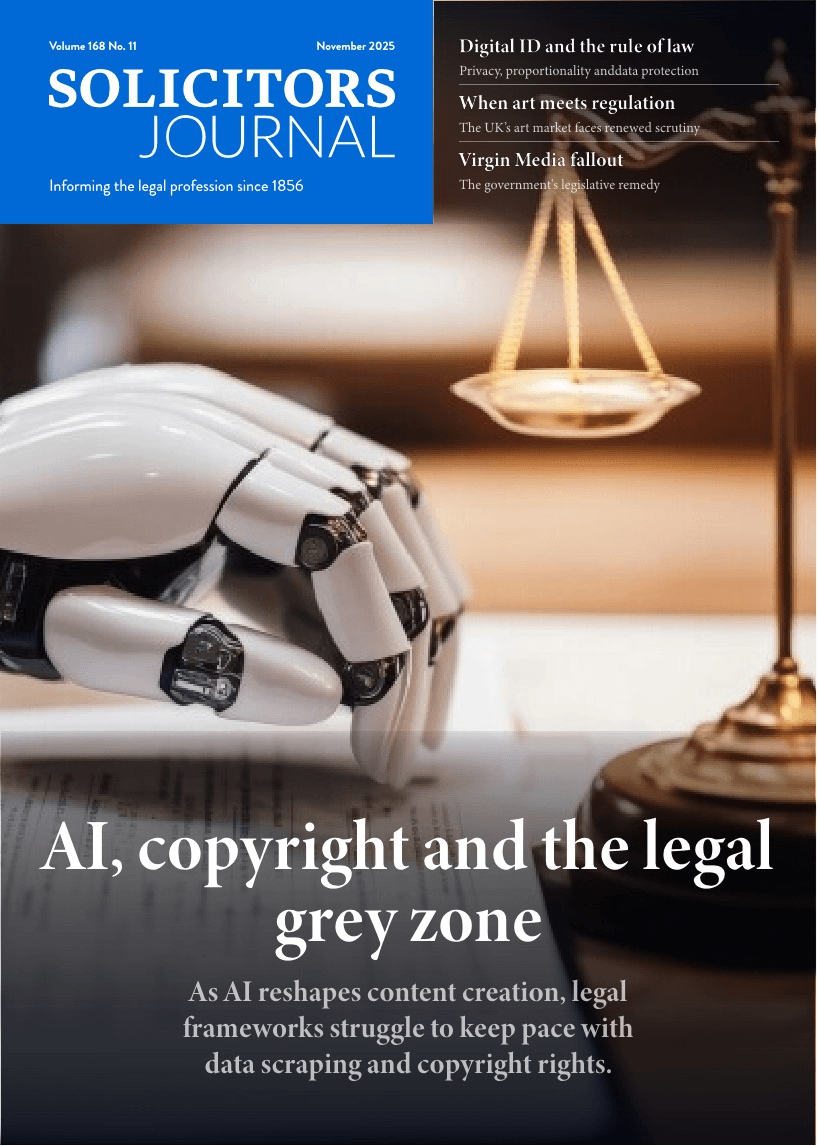Kevin Cooper v Ludgate House Limited establishes crucial precedent for urban development rights

High Court balances leaseholder light rights against London development interests in landmark property case
The High Court's decision in Kevin Cooper v Ludgate House Limited provides significant guidance on the delicate equilibrium between established property rights and contemporary urban development pressures. This judgement, delivered by Mr Justice Fancourt, addresses the fundamental question of how courts should approach competing interests when new construction potentially interferes with existing light rights.
The dispute arose from the construction of Arbor, a new office building in London, which allegedly obstructed natural light to two residential flats at Bankside Lofts. The claimants, Kevin Cooper and the Powells, contended that their enjoyment of adequate natural light had been materially compromised, seeking both injunctive relief and damages for the interference.The High Court’s decision in Kevin Cooper v Ludgate House Ltd ([2025] EWHC 1724 (Ch)) provides important clarification on the treatment of rights of light in the context of large-scale urban regeneration. Mr Justice Fancourt’s judgment offers clear guidance on how courts should balance private amenity rights with the commercial and public interests of city-centre development.
Background
The case concerned the newly constructed Arbor building, a 19-storey office development near Blackfriars and part of the Bankside Yards scheme. Claimants Kevin Cooper and Stephen and Jennifer Powell alleged that the building interfered with natural light to principal rooms in their flats at Bankside Lofts. They sought injunctive relief or, alternatively, damages for the interference.
Assessing light interference: methodology and legal principles
The court reaffirmed that while rights of light are legally protected, they are not absolute. The key test remains whether the interference renders the space less than reasonably sufficient for its ordinary use.
Mr Justice Fancourt confirmed that the traditional Waldram method remains appropriate and sufficient in most cases. Although Radiance modelling may provide more detail, particularly in borderline matters, its use is not a requirement. The court emphasised that relying solely on Waldram calculations does not amount to professional negligence.
Three scenarios—CS1, CS2, and DS1—were analysed to assess the degree of light loss. It was found that Arbor did cause a material reduction in light to the claimants’ bedrooms and living spaces. This was sufficient to establish actionable interference.
Injunction refused: the discretion to award damages
Despite finding that a nuisance had occurred, the court declined to grant an injunction. Instead, it awarded damages in lieu. This outcome was grounded in the equitable principles set out in Shelfer and reaffirmed in Coventry v Lawrence and Fen Tigers.
Mr Justice Fancourt considered the potential consequences of an injunction—including the estimated £250 million cost of demolition and reconstruction—and concluded that such a remedy would be wholly disproportionate.
The judgment placed particular emphasis on the developer’s conduct. Ludgate House Ltd had engaged extensively with neighbours prior to construction, commissioned rights of light reports, and offered compensation in advance. This behaviour weighed heavily against injunctive relief.
“Where a developer has acted reasonably and in good faith, and the broader public benefit of the project is significant, the court may properly exercise its discretion in favour of damages,” the judge observed.
Damages: a framework for calculation
Negotiating damages were awarded based on the hypothetical price that a reasonable party would have paid to secure release of the right. Mr Justice Fancourt rejected the conventional one-third uplift and opted for a 10–15% share of the relevant development value.
The result: £350,000 was awarded to Mr Cooper and £500,000 to the Powells. These amounts were calibrated to reflect the relative value and impact on each flat—falling within 30–50% of their respective market values.
The court was careful to stress that these were not punitive sums. Rather, they reflected what would have been agreed in a real-world negotiation before the breach occurred.
Statutory context: Section 203 of the Housing and Planning Act 2016
A notable feature of the case was the role of Section 203, which can override certain private rights (including rights of light) where development has been authorised through public planning powers.
Here, part of the site had received council-backed authorisation, meaning any rights of light on that portion were extinguished. The court ruled that such rights could not be relied upon when assessing interference, reinforcing the need for developers and conveyancers to check planning histories carefully.
Key takeaways for practitioners
Waldram remains authoritative: Radiance modelling is not required in most cases; practitioners can continue to rely on the established method unless the circumstances are marginal.
Developer conduct is critical: Early engagement with neighbours and pre-emptive offers of compensation can weigh against injunctive relief.
Negotiating damages clarified: The decision gives practical guidance on quantum, suggesting 10–15% of development value as a starting point.
Section 203 can extinguish rights: Planning authorisations granted by public bodies may override private rights of light, excluding them from interference analysis.
Conclusion
This judgment confirms the court’s evolving and pragmatic approach to balancing private rights with large-scale development. While rights of light remain enforceable, they do not guarantee injunctive relief—particularly where developers have acted responsibly and the public benefit is clear.
Kevin Cooper v Ludgate House Ltd will be of particular interest to property litigators, planning solicitors, developers, and surveyors dealing with dense urban schemes. It provides practical guidance on assessing interference, calculating damages, and navigating the interplay between private law and statutory development powers.
